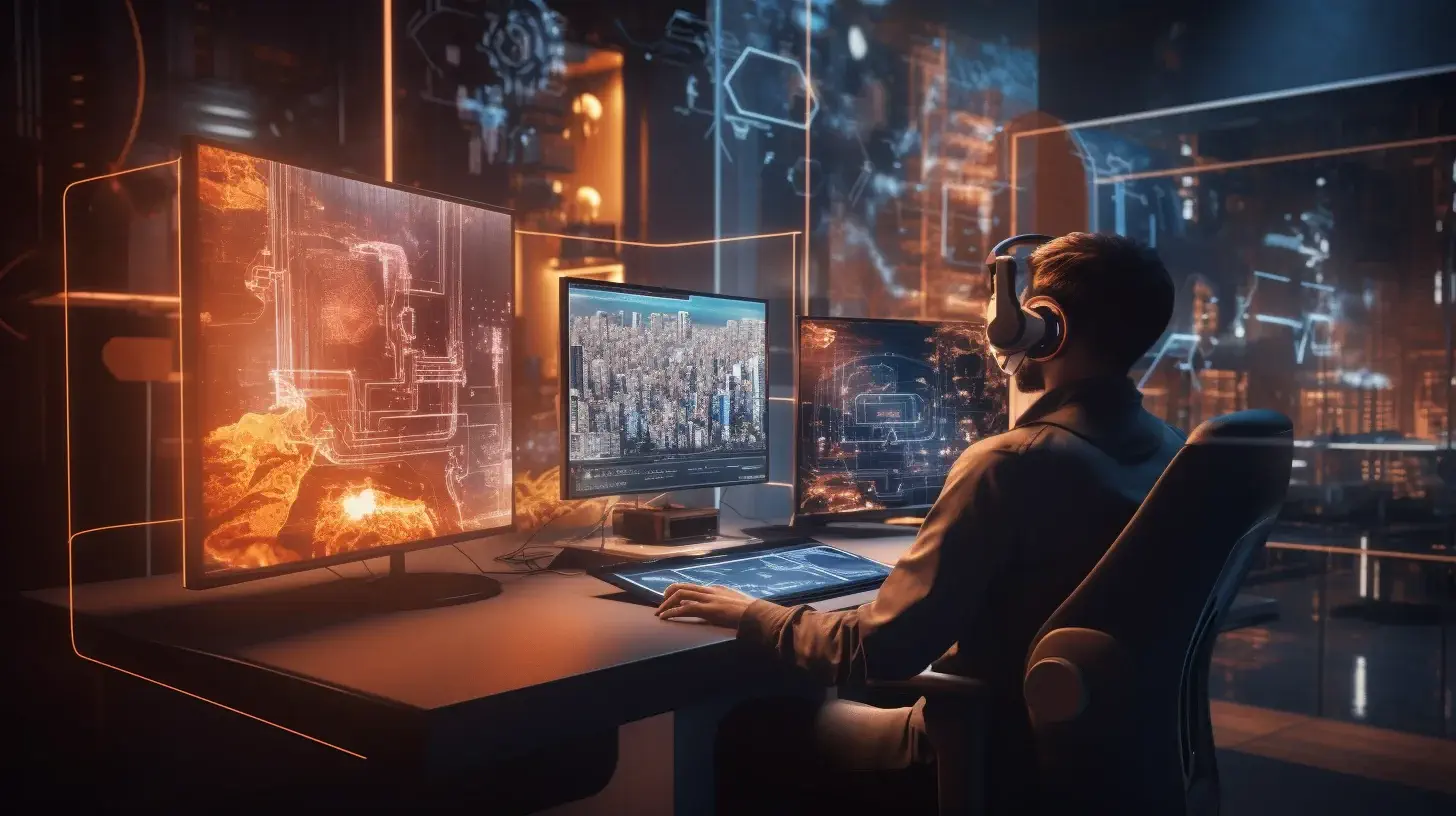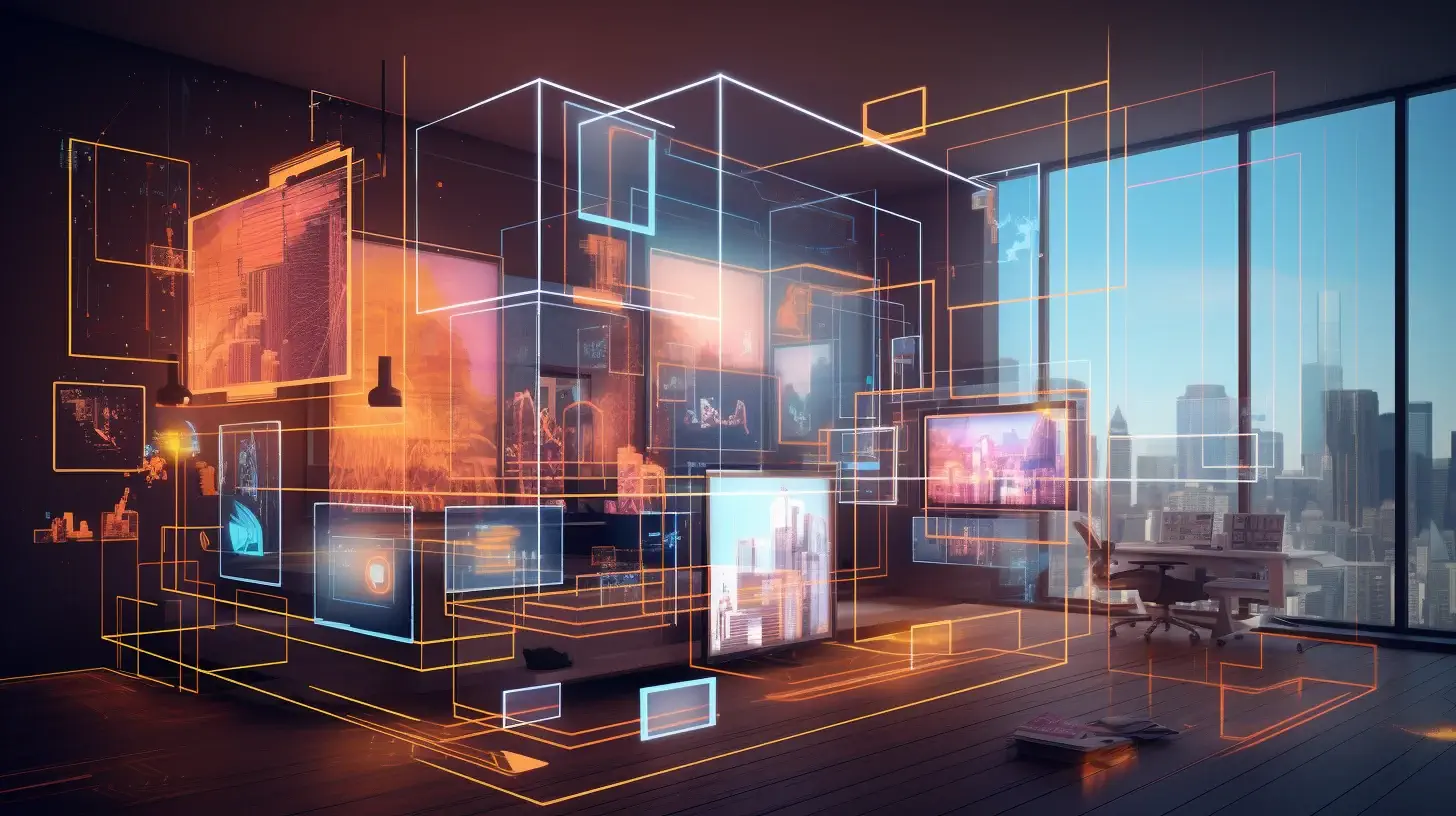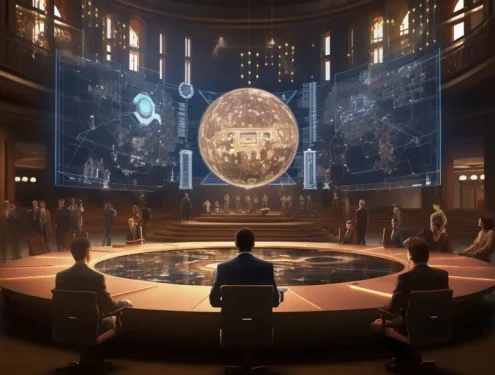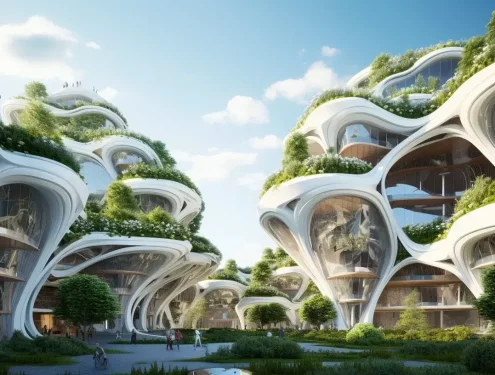
Using AI in Design is rapidly transforming the world, and the field of design is no exception
Artificial intelligence is rapidly transforming the world, and the field of design is no exception. AI is being used to create new and innovative designs, streamline workflows, and improve the user experience. In this blog post, we will explore the different ways to use AI in design, and discuss some of the benefits and challenges of this technology. We will also provide some examples of AI-powered design tools and services.
How AI is Being Used in Design
AI is being used in design in a variety of ways.
- New designs are generated by AI. This can be done either from scratch or based on existing designs. This can be a great way to come up with new and innovative ideas.
- Many of the tedious and time-consuming tasks involved in design are automated by AI. This includes creating wireframes, generating mockups, and testing designs. This frees up designers to focus on more creative and strategic work.
- The user experience of designs is improved by AI. This is done by making designs more personalized, engaging, and easy to use. For example, AI can track user behavior and preferences and then use this data to personalize the design of a website or app.
Benefits of AI in Design
There are many benefits to using artificial intelligence (AI) in design. Some of the most notable benefits include:
- Increased creativity: AI can help designers to come up with new and innovative ideas that they might not have thought of on their own. This is because AI can analyze large amounts of data and identify patterns and trends that humans might not be able to see.
- Improved efficiency: AI can automate many of the tedious and time-consuming tasks involved in design, such as image editing, color matching, and text generation. This can free up designers to focus on more creative and strategic work.
- Enhanced user experience: AI can be used to improve the user experience of designs by making them more personalized, engaging, and easy to use. This can be done by analyzing user data and understanding their needs and preferences.
Challenges of AI in Design
The use of artificial intelligence (AI) in design has many benefits, but it also comes with some challenges. Some of the most notable challenges include:
- Bias: AI models can be biased, which can lead to designs that are not inclusive or representative of all users. This is because AI models are trained on data that is often biased, and this bias can be reflected in the models’ outputs.
- Interpretability: It can be difficult to understand how AI models make decisions, which can make it difficult to debug and improve them. This is because AI models are often complex and opaque, and it can be difficult to trace their reasoning.
- Cost: AI-powered design tools and services can be expensive, which can be a barrier for some designers. This is because AI technology is still relatively new, and the development and maintenance of AI-powered tools can be costly.

Tools and Services to Use AI in Design
The field of design is rapidly evolving, and artificial intelligence (AI) is playing a major role in this transformation. AI-powered design tools and services are becoming increasingly popular, as they offer a number of advantages over traditional design methods.
- Adobe Sensei: A suite of AI-powered tools that can be used to automate many of the tasks involved in design, such as image editing, color matching, and text generation.
- Google Cloud Design: A suite of AI-powered tools that can be used to create and improve designs, such as generating wireframes and prototypes, and testing user interfaces.
- IBM Watson Design: A suite of AI-powered tools that can be used to create and improve designs, such as generating creative ideas and solving design problems.
- Framer AI: A design tool that uses AI to help you create interactive prototypes. Framer AI can generate code for your prototypes, so you can easily share them with developers.
- Designs.ai: An AI-powered design platform that allows you to create a variety of creative content, including logos, websites, and marketing materials. Designs.ai uses machine learning to generate high-quality designs that are tailored to your specific needs.
- Neural: A design tool that uses AI to help you create more user-friendly designs. Neural analyzes your website’s traffic data to identify areas where you can improve the user experience.
- Adobe XD: A design tool that includes AI-powered features, such as the ability to generate color palettes and auto-animate prototypes.
- Uizard: An AI-powered tool that helps you create wireframes and mockups for websites and apps. Uizard uses AI to generate wireframes that are both visually appealing and functional.
- Zeplin: A design collaboration tool that allows you to share design assets with developers and other stakeholders. Zeplin uses AI to help you create high-quality design assets that are easy to understand and implement.
Conclusion
The field of design is rapidly being transformed by artificial intelligence (AI). AI is being used to automate many of the tasks involved in design, such as generating ideas, creating prototypes, and testing designs. This is freeing up designers to focus on more creative and strategic work.
AI is also being used to create new and innovative designs that would not be possible without AI. For example, AI can be used to generate designs that are tailored to specific users or contexts. AI can also be used to create designs that are more inclusive and accessible.
However, there are also some challenges associated with using AI in design. One challenge is that AI can be biased. This is because AI algorithms are trained on data that is often biased, and this bias can be reflected in the designs that AI generates.
Another challenge is that AI can be difficult to interpret. This is because AI algorithms are often complex and opaque, and it can be difficult to understand how they make decisions.
Despite these challenges, the benefits of using AI in design are significant. AI can help designers to be more creative, efficient, and inclusive. As AI technology continues to develop, we can expect to see even more innovative and powerful applications of AI in design.





